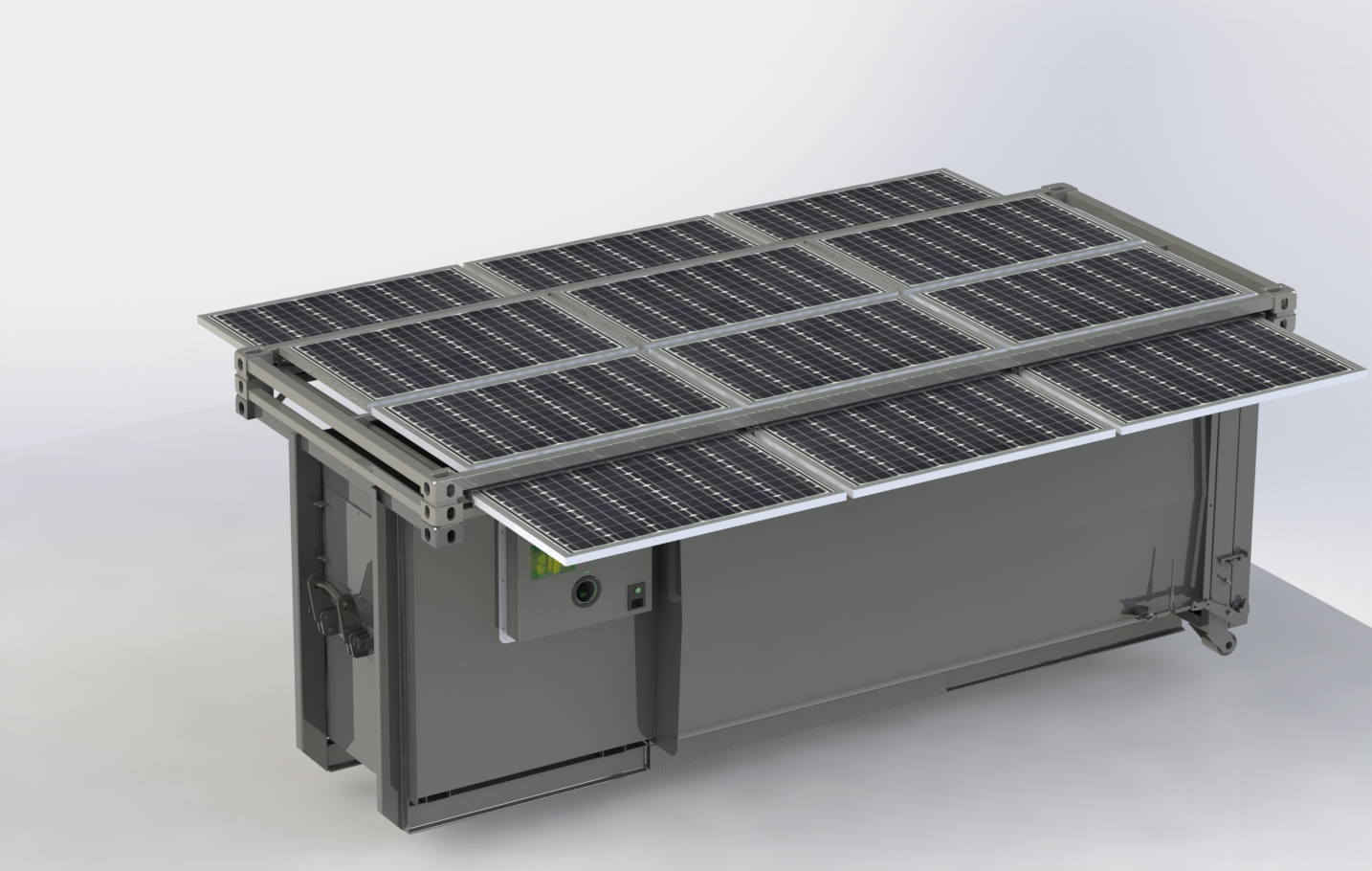The first step of the analysis is to assess if the project is applying one or more OH principles within its scope of work. Seven OH principles, adapted from the literature, are used in the framework (i.e., multisectoral, transdisciplinary, participation, prevention, decentralisation, evidence-based, multi-scalar). Not all principles in the framework have equal value, with the multisectoral principle considered an essential component in the proposed tool. The reason for this is that the basis of One Health is the collaboration among different sectors. The framework allows multisectoral collaborations at any level, for example where an MoU has been signed between ministries, or at community level through the joint effort of village health workers, animal health volunteers and rangers.
A quick scan of the project gives insight into the project’s current state. If the project already applies one or more OH principles, there are immediate opportunities to design and plan a One Health component within its scope of work. However, failure to apply even a single principle does not prevent the One Health approach to be implemented, nor does it imply that the framework analysis has to stop. The quick scan of the project will help to clarify what principles need to be explored and included to successfully implement a One Health approach.
